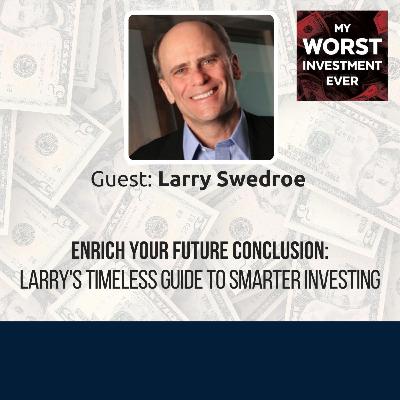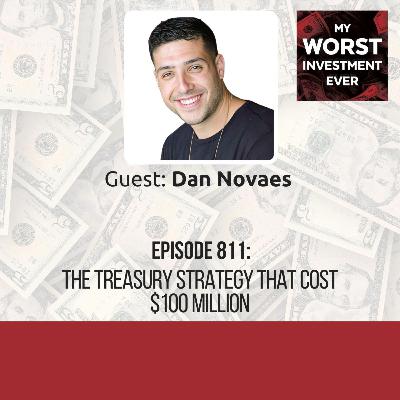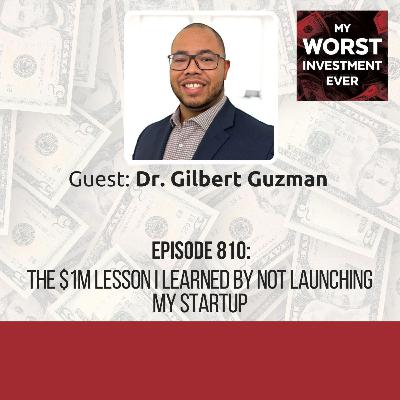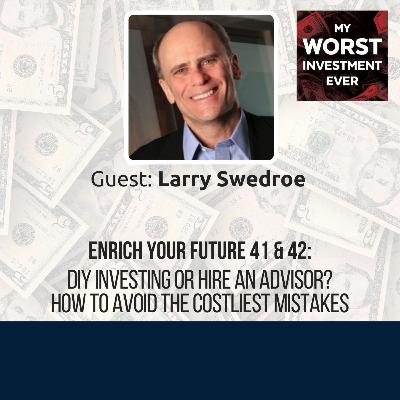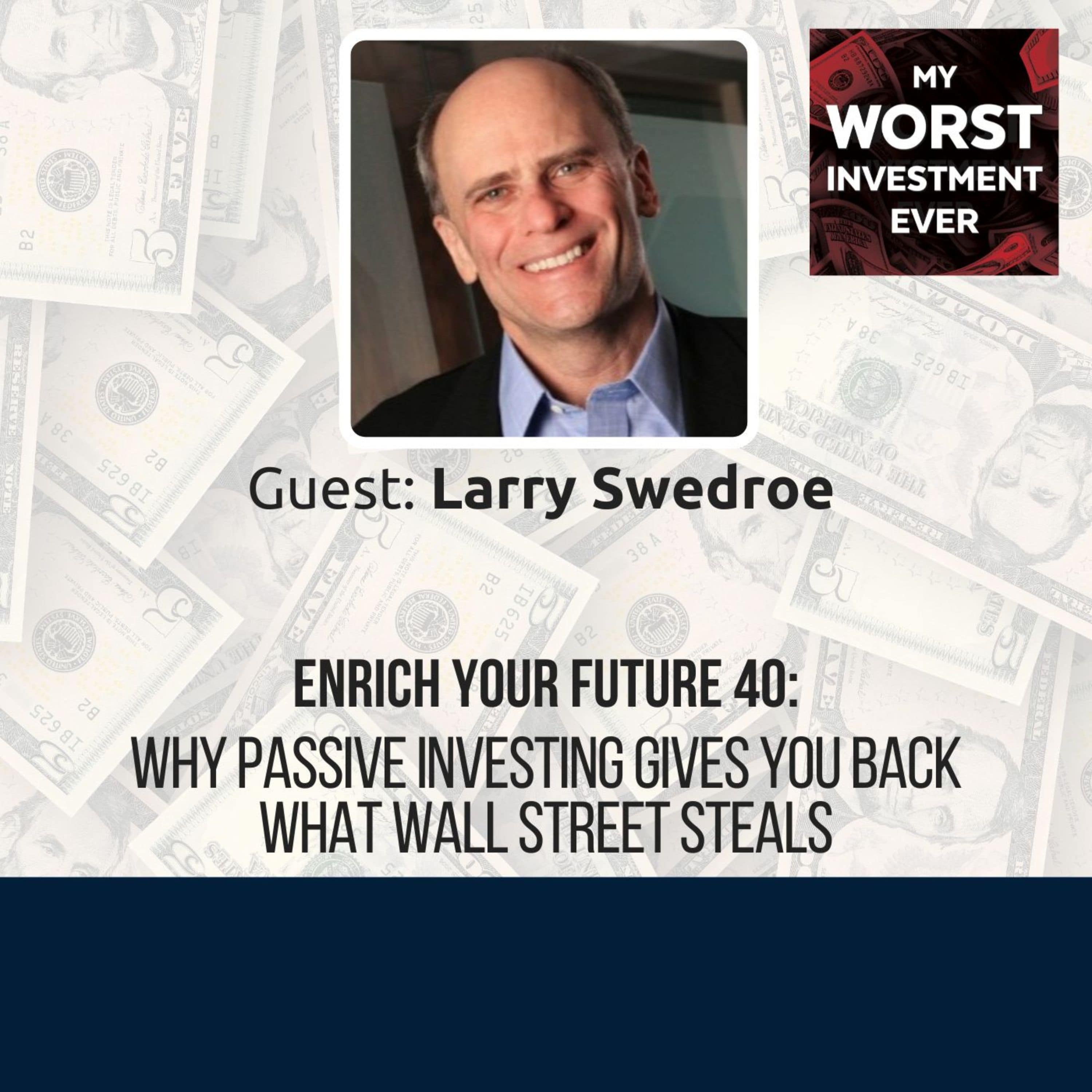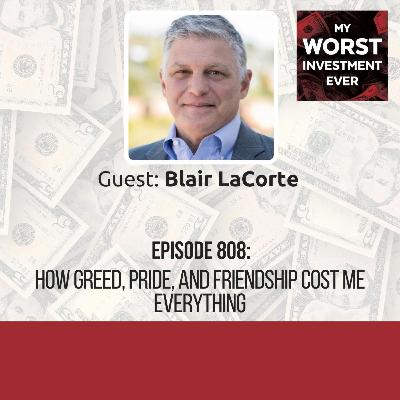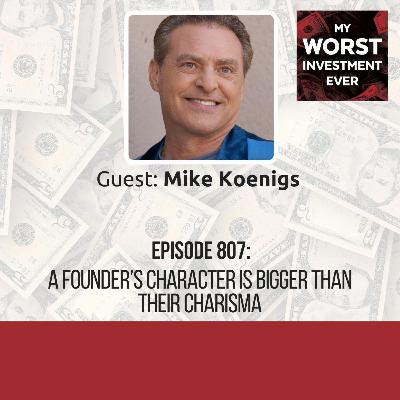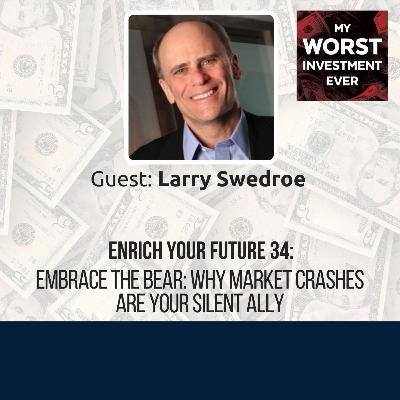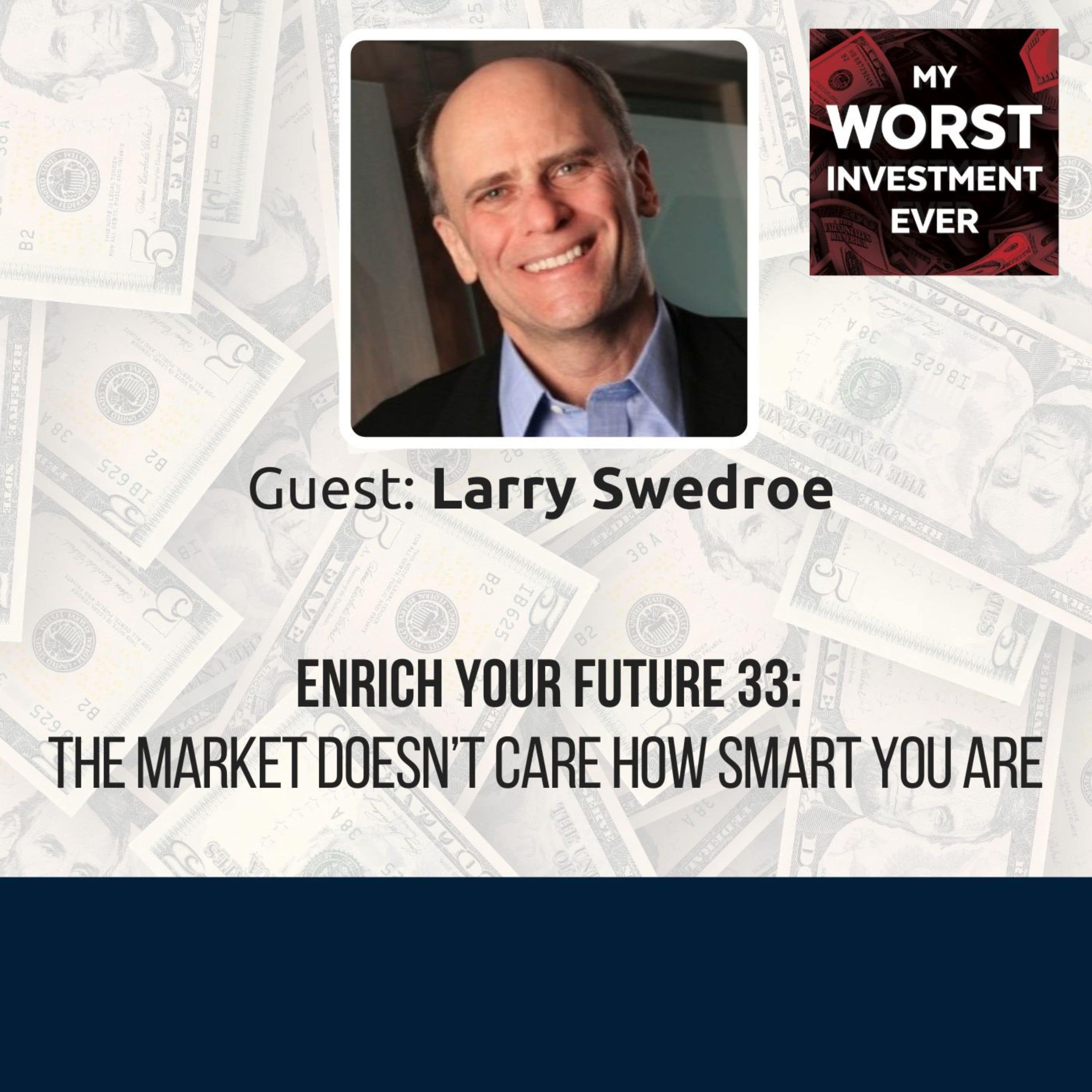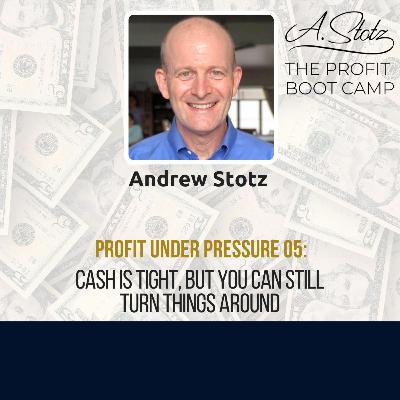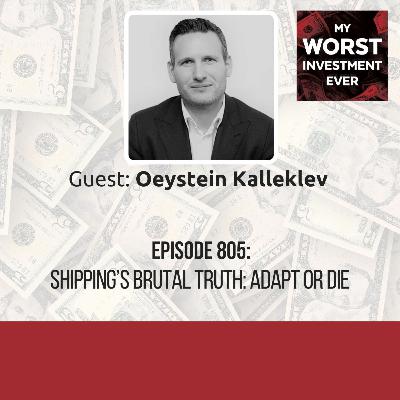Enrich Your Future Conclusion: Larry’s Timeless Guide to Smarter Investing
Description
In this episode of Enrich Your Future, Andrew and Larry Swedroe discuss Larry’s new book, Enrich Your Future: The Keys to Successful Investing. In this series, they conclude the lessons from the book.
LEARNING: Investing isn’t about chasing the next hot stock—it’s about building a resilient, well-diversified portfolio you can live with in good times and bad.
“Once you have enough, stop playing the game as if you don’t. Reduce risk, enjoy life, and make your money serve you—not the other way around.”
Larry Swedroe
In this episode of Enrich Your Future, Andrew and Larry Swedroe discuss Larry’s new book, Enrich Your Future: The Keys to Successful Investing. The book is a collection of stories that Larry has developed over 30 years as the head of financial and economic research at Buckingham Wealth Partners to help investors. You can learn more about Larry’s Worst Investment Ever story on Ep645: Beware of Idiosyncratic Risks.
Larry deeply understands the world of academic research and investing, especially risk. In this series, they conclude on the lessons from the book.
Enrich Your Future: Larry’s Timeless Guide to Smarter Investing
If you’ve ever wondered how to cut through the noise of investment hype and build a portfolio that actually works for you, Larry’s Enrich Your Future is the blueprint you’ve been looking for. Here’s a distilled look at the wisdom from his book.
Start with core principles
Larry insists there are only a handful of fundamental truths in investing—and if you master them, you’ll avoid most costly mistakes:
- Markets are highly efficient – While not perfect, markets price assets so effectively that consistently beating them on a risk-adjusted basis is near impossible. So don’t engage in individual security selection or market timing.
- All risk assets offer similar risk-adjusted returns – Whether it’s US stocks, Thai stocks, or corporate bonds, the relationship between risk and return holds steady over time. Invest in assets based upon your ability, willingness, and need to take risks. If you’re willing to take more risk and have the ability and maybe the need to, then you can load up on more risky, higher expected-returning assets. It doesn’t mean they’re better assets; rather, they have higher expected returns at the cost of higher risk.
- Diversification is non-negotiable – Since all risk assets have similar risk-adjusted returns, it makes no sense to concentrate all of your risk in one basket. Concentrating your risk in a single asset class or geography is a recipe for trouble.
Build a portfolio that fits YOU
Forget cookie-cutter solutions—Larry believes the “right” portfolio depends on three factors:
- Ability to take risk – Your financial capacity to weather market downturns is influenced by factors like investment horizon and job stability.
- Willingness to take risk – Your psychological comfort level with market volatility.
- Need to take risk – Whether you require high returns to meet your financial goals.
Larry’s rule? Let the lowest of these three determine your equity exposure. If you don’t need to take big risks, don’t.
Think global, but stay rational
A total global market portfolio is an ideal starting point—currently about 65% US, 27% developed international, and 8% emerging markets. Adjust only slightly if you have a reasoned view, but avoid drastic tilts that imply you “know better” than the market.
Beyond stocks and bonds
Larry is a big believer in alternative investments—if you can access them at reasonable costs. These include:
- Private credit – Lending directly to companies, often with double-digit returns and lower volatility than equities.
- Reinsurance – Returns tied to natural disaster risks, uncorrelated with stock markets.
- Infrastructure funds – Assets like toll roads, dams, and utilities with stable cash flows.
His own portfolio now includes a significant allocation to alternatives, reducing reliance on traditional stocks and bonds.
Focus on risk sources, not just labels
Instead of obsessing over “asset classes,” Larry advises analysing the risks each investment brings—economic cycle risk, credit risk, inflation risk—and blending assets with low correlations to one another.
Integrate factors, don’t isolate them
While factor investing (such as value, small-cap, quality, and momentum) is powerful, buying single-factor funds separately can create costly and contradictory trades. Larry favours integrated factor funds that combine multiple factors into one systematic strategy, reducing costs and improving efficiency.
Master your behaviour
Even the best portfolio fails if you can’t stick with it. Larry warns that there is no one right portfolio. The right portfolio for you is the one you are most likely to stick with.
That means:
- Avoid assets you can’t hold for at least 10–15 years.
- Expect long stretches of underperformance from every risk asset.
- Continue to buy during downturns to maintain your target allocation.
Don’t DIY unless you’re truly qualified
Less than 1% of investors have the skill, time, and emotional discipline to manage their investments entirely on their own. Larry recommends working with a true fiduciary adviser—one who:
- Is paid only by you (no commissions).
- Invests in the same funds they recommend.
- Backs every decision with empirical evidence.
Education beats ignorance every time
You don’t need to read all 18 of Larry’s books, but three or four will give you the foundational knowledge to make better decisions. Investing ignorance, he warns, is far costlier than the price of a good book.
The takeaway
Enrich Your Future: The Keys to Successful Investing isn’t about chasing the next hot stock—it’s about building a resilient, well-diversified portfolio you can live with in good times and bad. Follow Larry’s principles, and you’ll not only protect your wealth but also position yourself for long-term financial peace of mind.
As Larry himself says:
“Once you have enough, stop playing the game as if you don’t. Reduce risk, enjoy life, and make your money serve you—not the other way around.”
Did you miss out on the previous chapters? Check them out:
Part I: How Markets Work: How Security Prices are Determined and Why It’s So Difficult to Outperform
- Enrich Your Future 01: The Determinants of the Risk and Return of Stocks and Bonds
- Enrich Your Future 02: How Markets Set Prices
- Enrich Your Future 03: Persistence of Performance: Athletes Versus Investment Managers
- Enrich Your Future 04: Why Is Persistent Outperformance So Hard to Find?
- Enrich Your Future 05: Great Companies Do Not Make High-Return Investments
- Enrich Your Future 06: Market Efficiency and the Case of Pete Rose
- Enrich Your Future 07: The Value of Security Analysis
- Enrich Your Future 08: High Economic Growth Doesn’t Always Mean High Stock Market Return
- Enrich Your Future 09: The Fed Model and the Money Illusion

